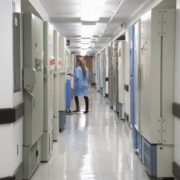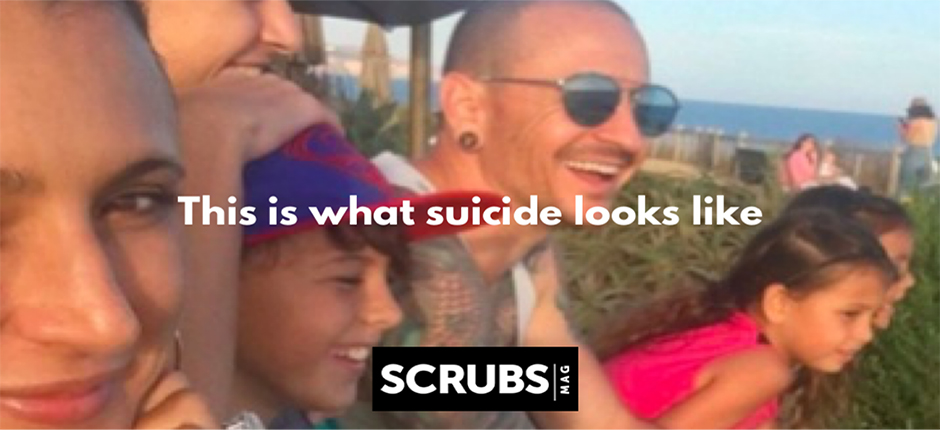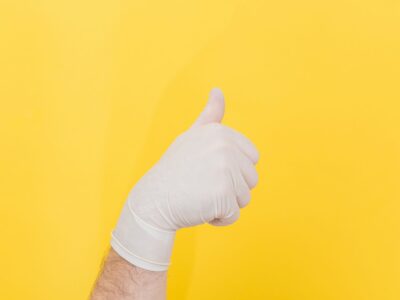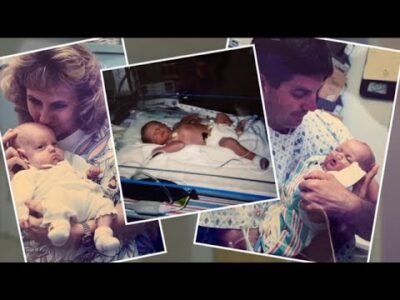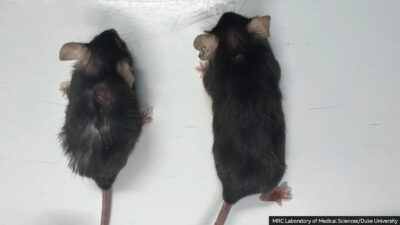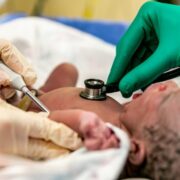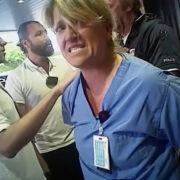If you’ve ever had to bill a patient for treatment that you know they can’t afford, you’re not alone. Around 100 million Americans have unpaid medical bills, and it’s having a nasty effect on people’s health. All the stress and anxiety that comes with being in debt can lead to more health problems, which only repeats the vicious cycle.
But a group known as RIP Medical Debt is fighting back by buying up unpaid medical bills and absolving patients of their financial debts. ‘
Terri Logan remembers receiving an enormous bill from her local hospital two months after she gave birth to her daughter prematurely. As a public-school teacher, she had no way to pay, so she tucked the bill in a drawer and tried to forget about it.
“The weight of all of that medical debt — oh man, it was tough,” Logan says. “Every day, I’m thinking about what I owe, how I’m going to get out of this … especially with the money coming in just not being enough.”
But then, a full 13 years after her daughter was born, she got a yellow envelope in the mail that said all her past medical debts had been forgiven. Just like that.
“Wait, what? Who does that?” Logan remembers thinking.
RIP Medical Debt started buying up unpaid medical debt during the pandemic. It buys up thousands of delinquent hospital bills sent to low-income patients who couldn’t afford to pay. It then simply erases the financial obligation to pay them, freeing thousands of people of their debts in a single blow.
The model was developed by Craig Antico and Jerry Ashton, who spent their careers chasing down people that couldn’t afford their medical bills.
“They would have conversations with people on the phone, and they would understand and have better insights into the struggles people were challenged with,” says Allison Sesso, RIP’s CEO. Eventually, they realized they were in a unique position to help people and switched gears from debt collection to philanthropy.
Ashton had a change of heart after seeing millions of people lose their homes during the 2007 Great Recession. “As a bill collector collecting millions of dollars in medical-associated bills in my career, now all of a sudden I’m reformed: I’m a predatory giver,” Ashton said.
He and Antico eventually created the nonprofit in 2014. It buys unpaid medical debt just like any other debt collector, but instead of hunting down borrowers in default, the organization sends letters to people telling them their debt has been erased.
According to the group, resolving debt only costs around $1 per $100 of debt. To date, the organization has purchased $6.7 billion in medical debt and erased $3.6 million.
Choosing which debts to absolve all depends on which hospital is selling its debts. Many healthcare clinics sell their unpaid debts to debt collectors for pennies on the dollar.
“So nobody can come to us, raise their hand, and say, ‘I’d like you to relieve my debt,'” she says.
The group collects funds and donations from charitable donors, including philanthropist MacKenzie Scott, who gave $50 million in late 2020.
RIP Medical Debt recently expanded its pool of applicants to include people living above the federal poverty line. Millions of households are struggling to pay their bills amid record inflation.
The group says their success is nothing to celebrate. Their growth represents what’s wrong with the current healthcare system. The health insurance market is out of reach for many people that can afford the cost of monthly premiums.
For borrowers, having their medical debt erased can bring them a new sense of hope. According to a recent poll from the Kaiser Family Foundation, a quarter of U.S. adults with healthcare debt owe more than $5,000. And about 1 in 5 with any amount of debt say they don’t expect to ever pay it off.
Even some hospitals say they want to prevent patients from falling into debt. For example, Heywood Healthcare system in Massachusetts donated $800,000 of medical debt to RIP in January. The hospital said it wanted to absolve patients of debt because they were avoiding care.
“We wanted to eliminate at least one stressor of avoidance to get people in the doors to get the care that they need,” says Dawn Casavant, chief of philanthropy at Heywood. Plus, she says, “it’s likely that that debt would not have been collected anyway.”
The organization is also focused on educating the public about charity care, which is when a nonprofit hospital reduces the cost of treatment for low-income families and patients.
“We prefer the hospitals reduce the need for our work at the back end,” Sesso says. “I would say hospitals are open to feedback, but they also are a little bit blind to just how poorly some of their financial assistance approaches are working out.”
Being debt-free has made a huge impact on Logan. Living with unpaid bills took a toll on her mental and physical health. “I don’t know; I just lost my mojo,” she says. “But I’m kinda finding it.” Now she is free to pursue other interests and plan on getting back to singing on stage.

